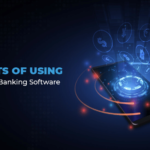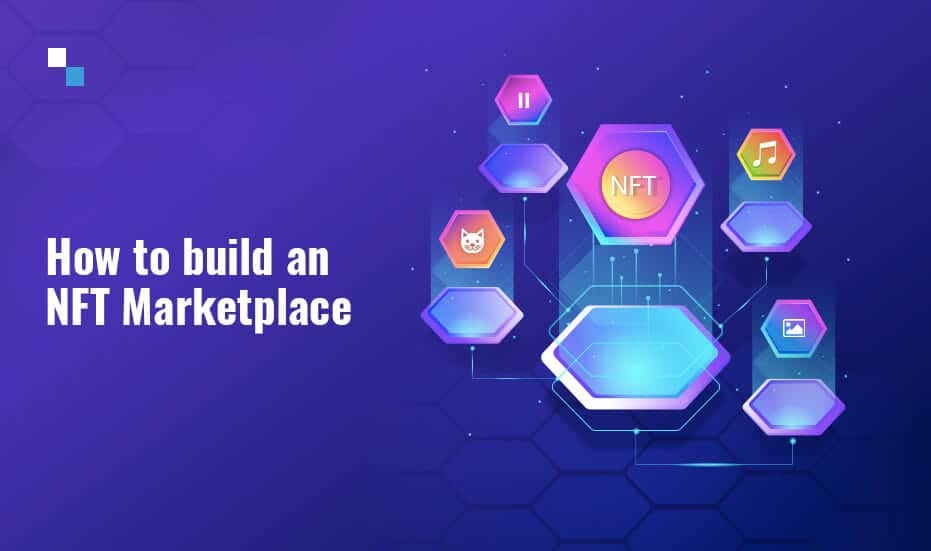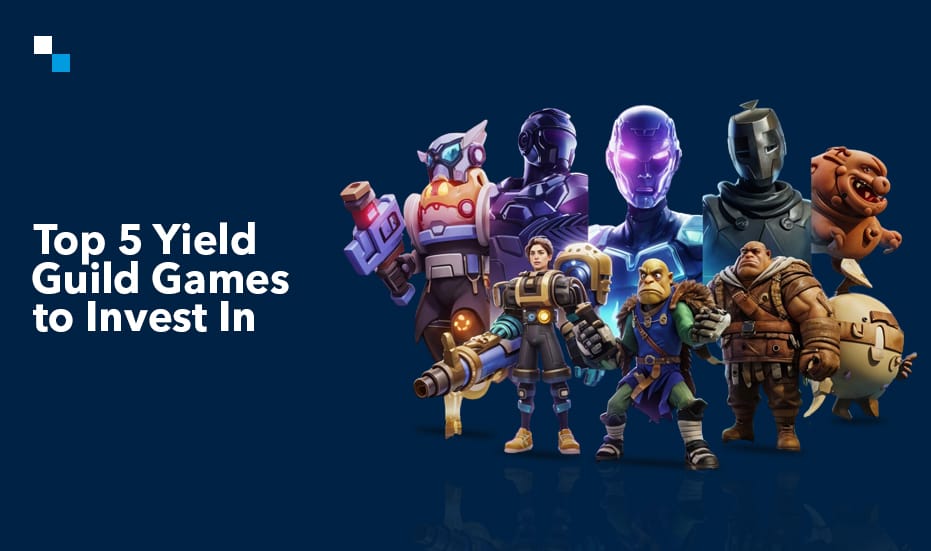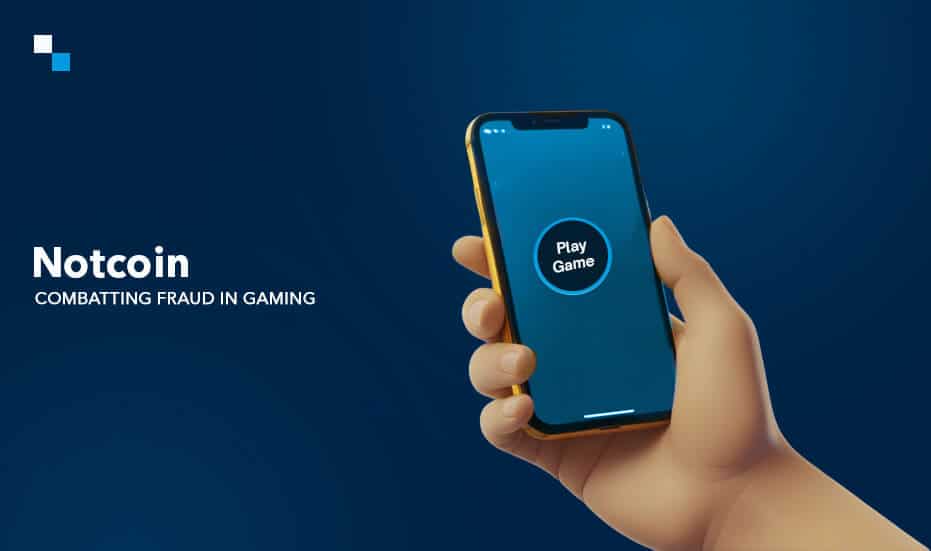
Top 6 Advantages of Using Blockchain-Based Banking Software Services
September 7, 2021
A Complete Guide on Binance Smart Chain Based DeFi Dapp Development
September 10, 2021NFT marketplaces are proving their worth each day with numerous transactions taking place, helping the traders in making a fortune out of it. NFTs (Non-fungible Tokens) present an opportunity to the token owners in selling their digital assets on NFT platforms; the highest bidder is handed over the ownership of the unique virtual entity.
However, NFT marketplaces get a real feast by charging fees for everything that includes a commission, which usually ranges between 2.5 to 5 percent. Since there are plenty of sellers and buyers of NFTs, the NFT marketplace generates a good amount of revenue by providing an ecosystem to trade.
Volatility is an integral part of the market but the volumes will always keep growing, which presents an excellent opportunity for the exchange owners to generate good revenue.
What are current NFT Standards?
NFT standards – used for NFT website development – are the basis of the technology which decides how the exchange will work. They govern and formulate the storing, holding, and functioning of digital assets. The following two standards are currently used for the development:
ERC721
The mapping of unique identifiers is used in this standard. The address is mapped to the addresses that represent the owner of the identifiers in this standard. Furthermore, this standard permits you to transmit the NFT via the transfer form method.
ERC1155
According to this standard, any of the IDs indicates a class of assets rather than a single asset. Token developers can use ERC1155 to call transfer forms with 100 numbers.
So how does an NFT marketplace work?
Step-1
The marketplace user logs into the platform in the first stage. The users must submit some basic information about their identities in this step. Users can sign up after providing certain information and creating their credentials.
Step-2
The users of the marketplace are needed to set up their wallets at this point. To keep your NFTs or cryptocurrency, you’ll need a wallet. As a result, the next step of NFT website development is to build a marketplace wallet.
Step-3
The user will establish an NFT and set its auctioning parameters in the third phase. It will entail the creation of descriptions as well as the establishment of the required value.
Step-4
After the seller creates the NFTs, the collection/NFTs are listed in the selling list as the next step. Buyers can locate and purchase NFTs here.
Step-5
The marketplace moderates the items mentioned in the selling list in the fifth stage.
Step-6
The NFTs are then added to the final list of items for sale.
Step-7
The purchasers then put bids to purchase the NFTs they want in the next step.
Step-8
The auction closes at this point, and the sellers of NFTs will be notified of the highest bids.
Step-9
This is the last step before the transaction is completed. In this phase, the platform charges a fee to carry out the transfer of products and payments.
How to develop an NFT marketplace?
1. Determine a Niche
Experts propose betting on a vertical market rather than a horizontal market. The first implies that its members aspire to deliver goods/services that meet the needs and expectations of a specific consumer segment. Amazon and eBay are not the finest examples thus far since, as horizontal vendors, they provide everything to everyone.
2. Make a list of user roles and user journeys
There aren’t many choices, so consider them carefully. Should they be buyers, artists, or administrative assistants? Find out how you want to drive these users on the marketplace by deciding on the user journey.
3. Define and Design Your Project
The project documentation is the first step in the NFT website development process. It’s a routine, but if you don’t have any documents, you risk squandering time in the future.
4. Begin the process of creation
It’s time to put your design ideas into action once you’ve finished them. Choose the framework that you believe best fits your objectives. Some people may consider hiring a professional NFT developer to ensure high performance and reputation. They help you save time and money.
5. Use the Token Generator for Smart Contracts
Back-end development takes on a new appearance during the building of an NFT marketplace. On the blockchain, the vast majority of information is verified. Pass internal logic to the decentralized part if you wish to make an app decentralized.
6. Inspect and Deploy
Testing and deployment are the last but not least important stages. It’s all about spotting and avoiding potential problems. Software testing ensures that your project is running well. Post-launch support is also essential for keeping bugs at bay and ensuring the platform’s quality of service. Do not release the service until you have thoroughly tested its functionality. Is the finished result up to par with your expectations? Consider how it would be received by users. This stage is crucial for establishing credibility and delivering good results.
Remember the essential elements that your NFT marketplace project should have before you start working on it. Hiring an expert team to design, analyze and deploy an NFT marketplace for your upcoming venture is important as they can ensure long-term success for you.
An Antier Solutions, we offer diligently crafted NFT development services to help you launch your NFT marketplace. Besides, we also specialize in building non-fungible tokens. Our blockchain engineers and subject matter understand your needs and deliver the right solutions in line with your requirements.
Schedule Free Demo of one of our NFT marketplace platforms or connect with our domain experts to share your business needs.



